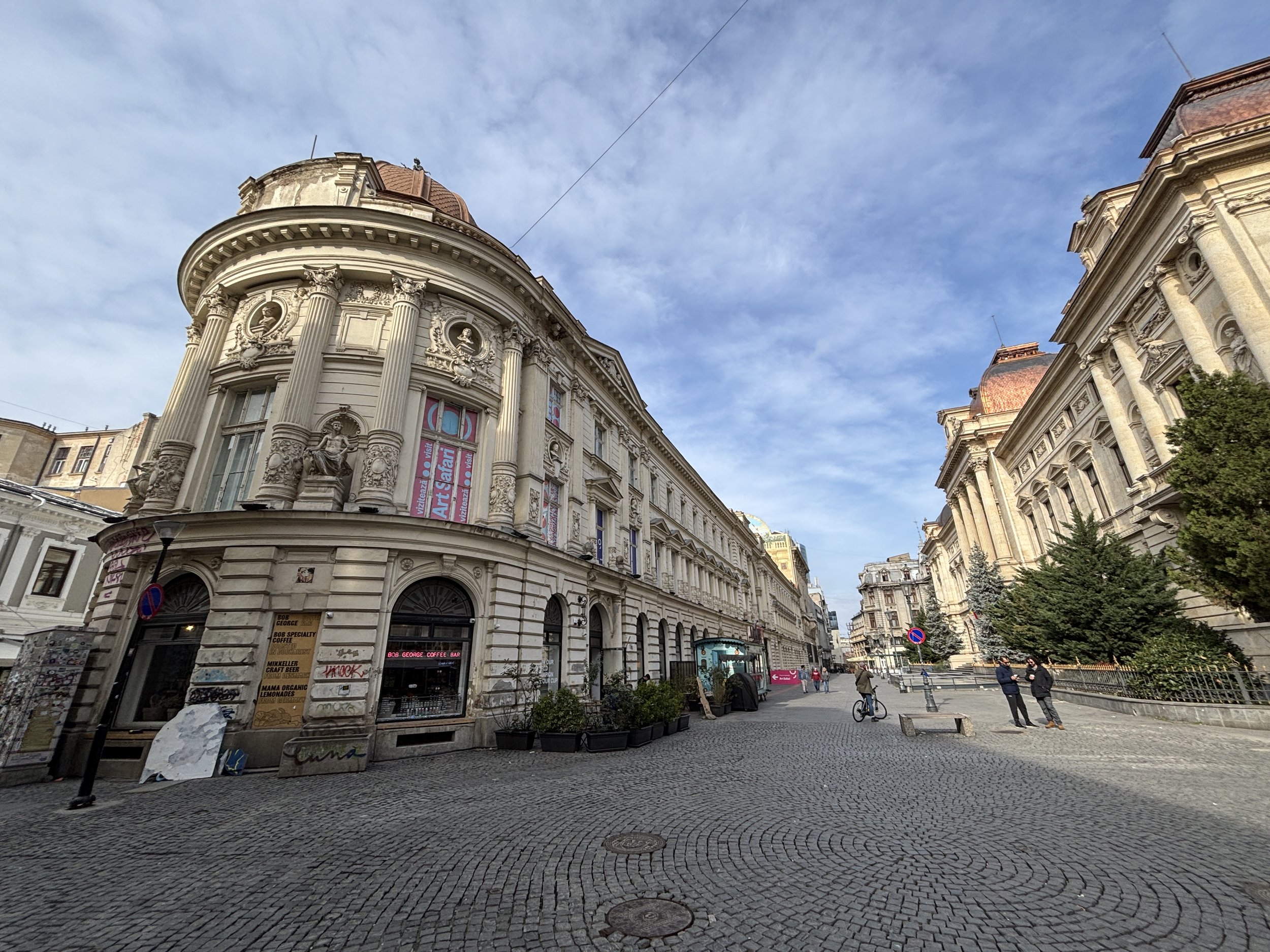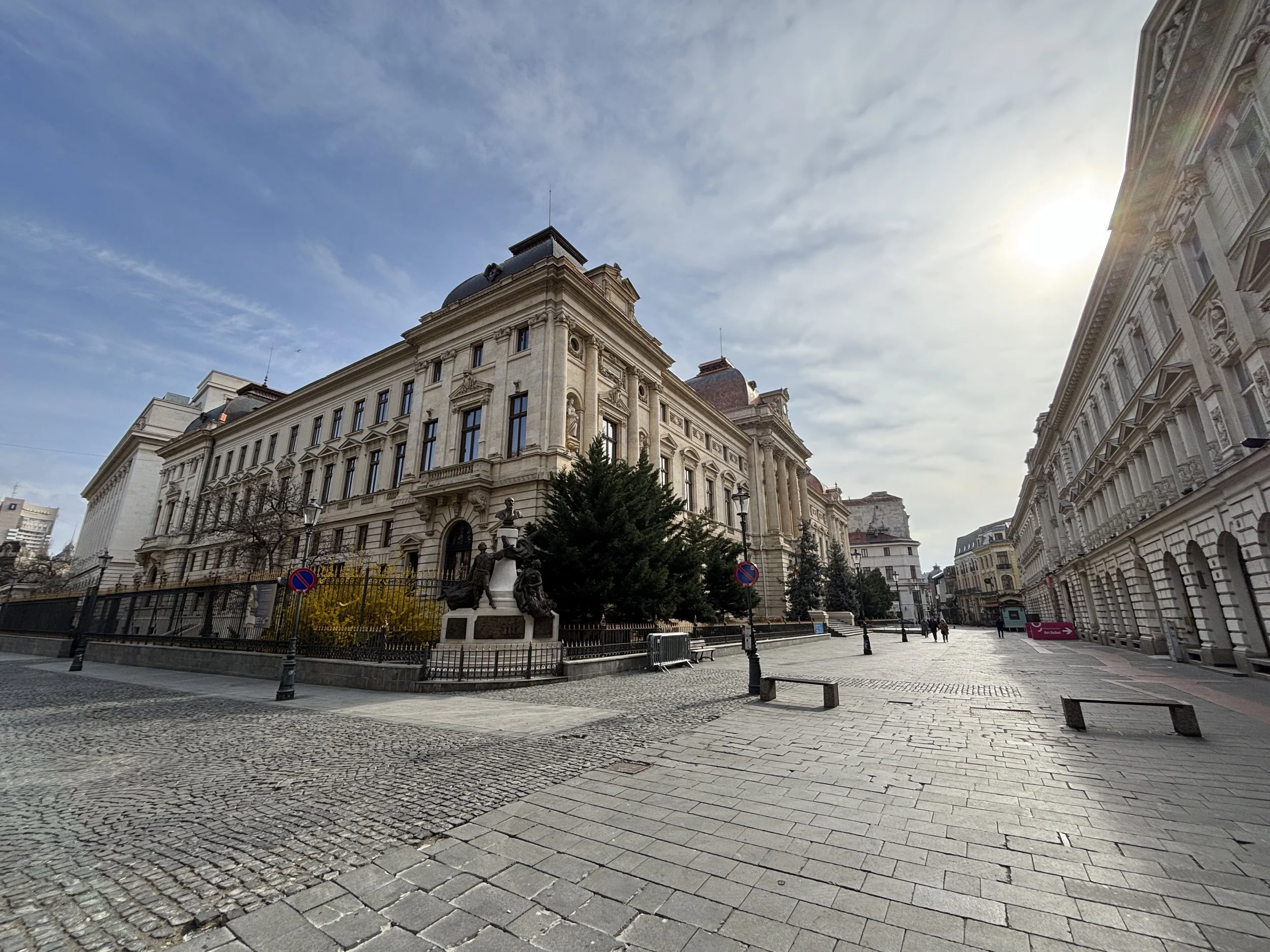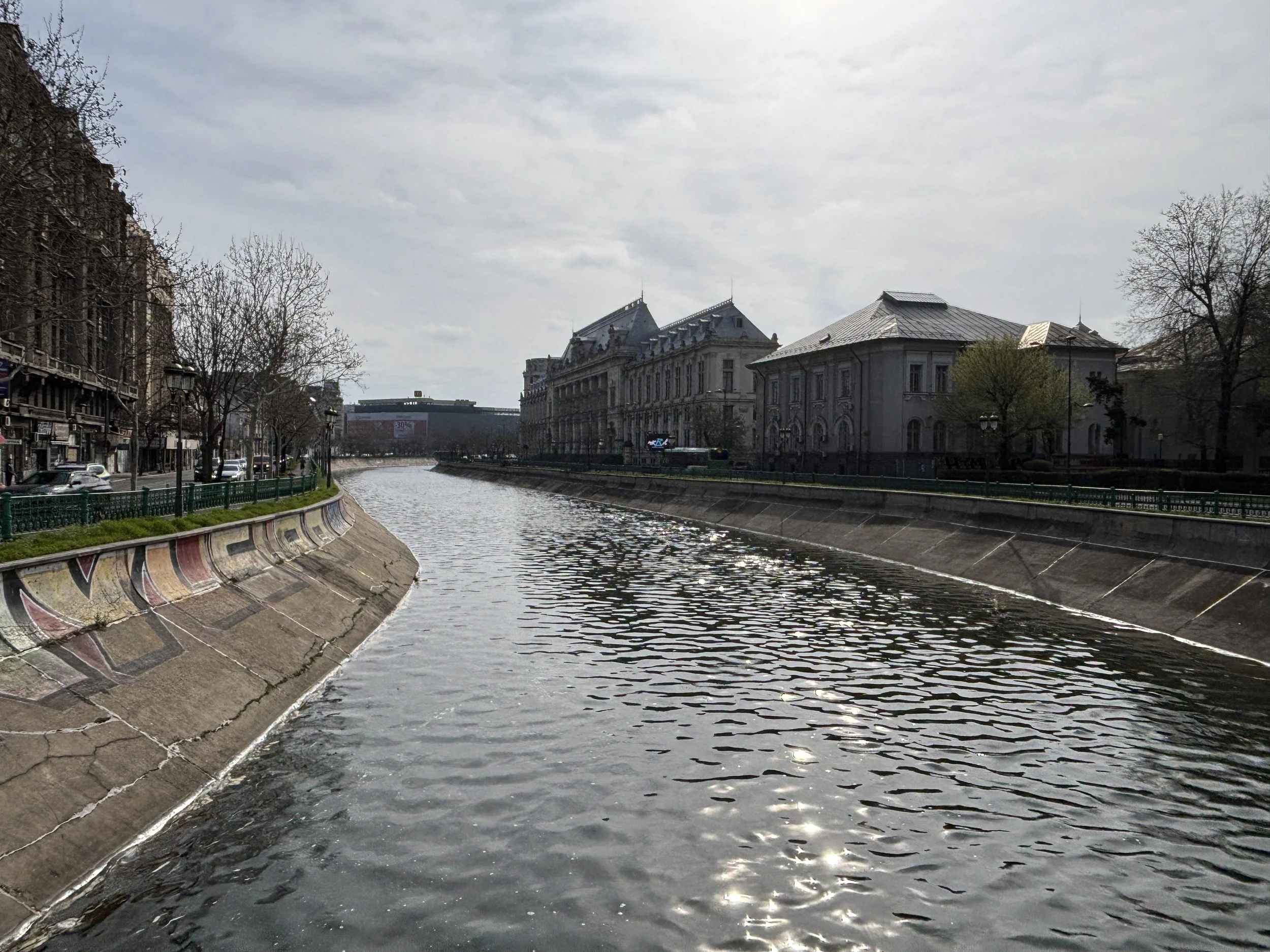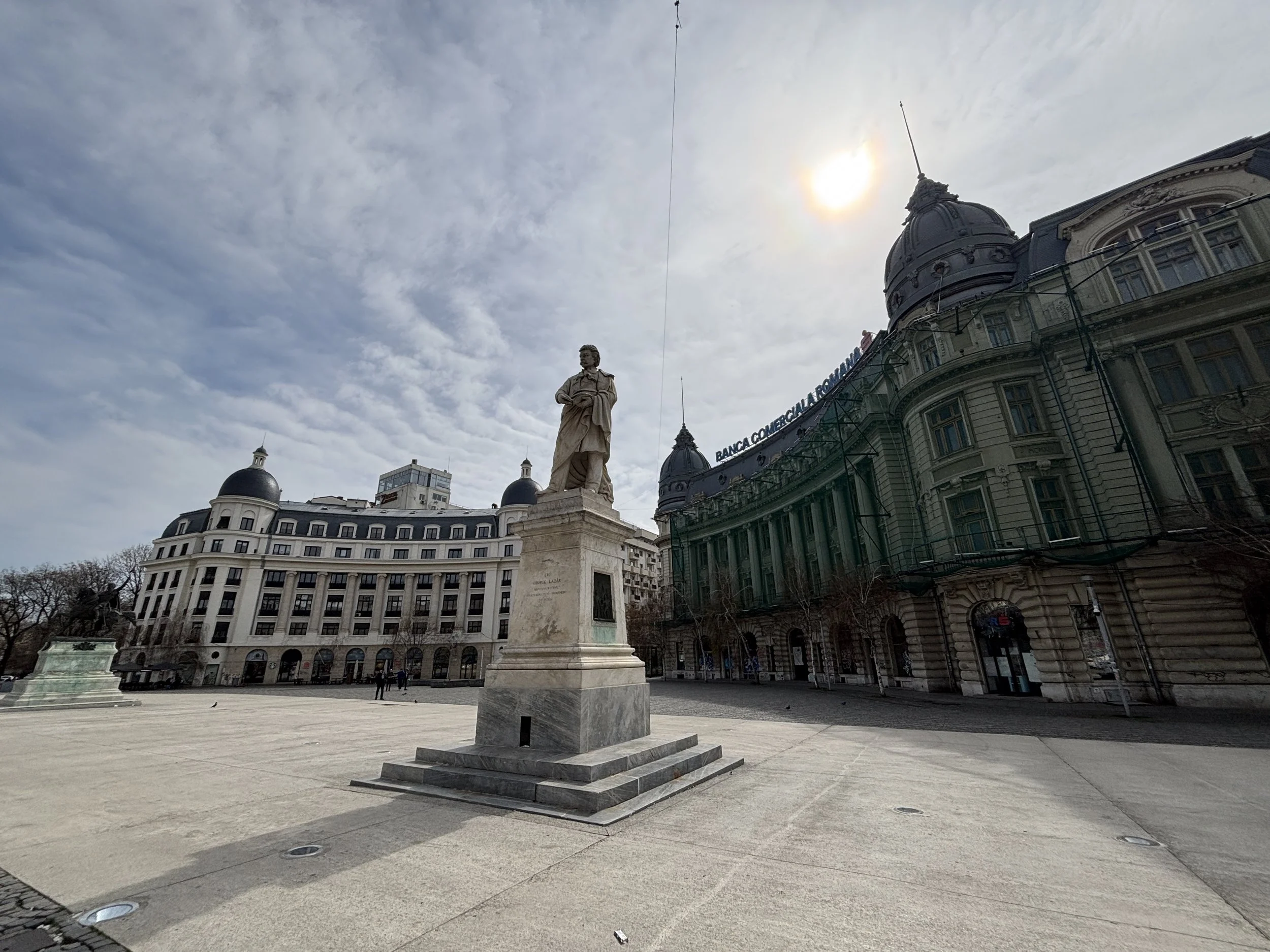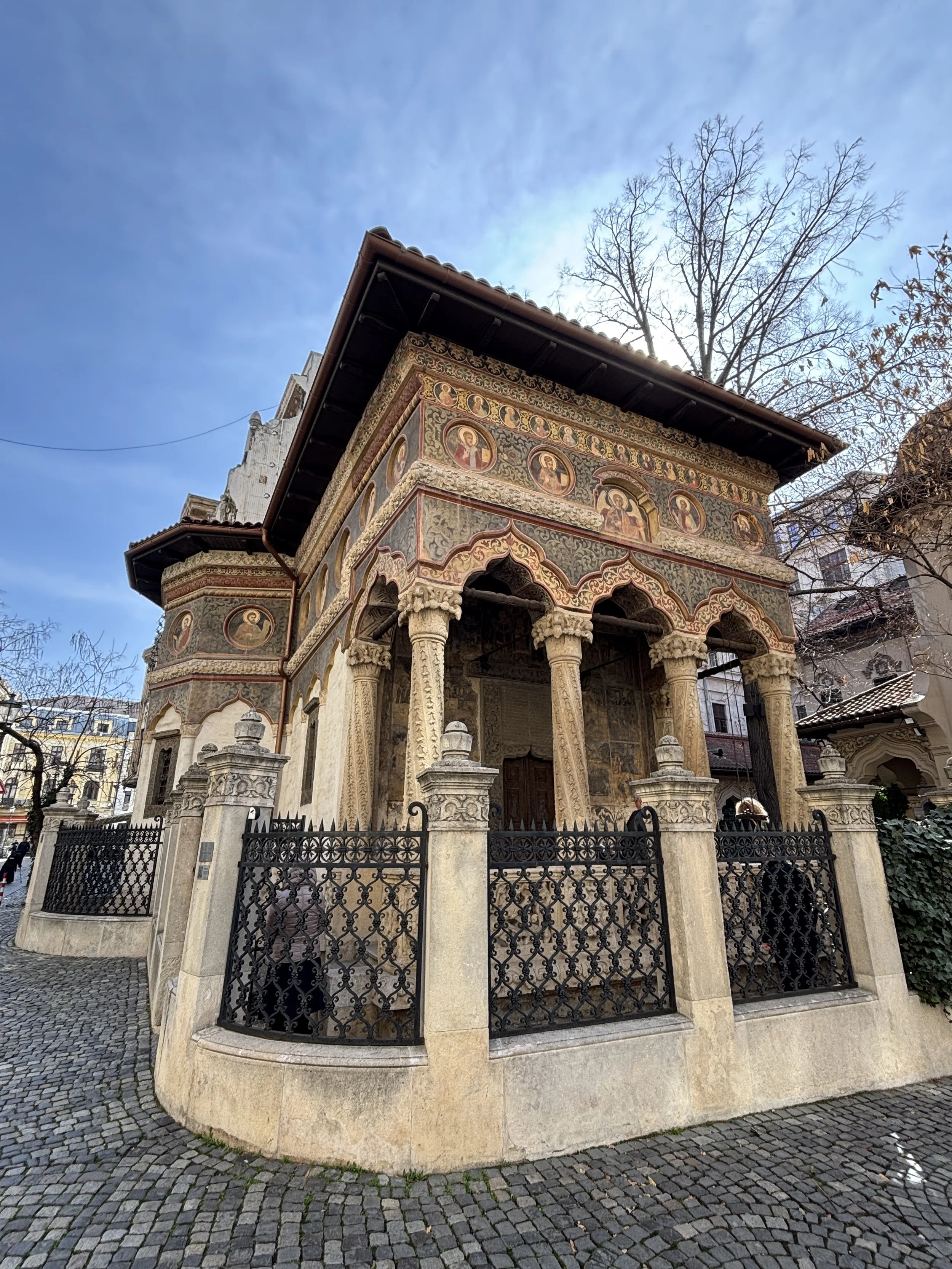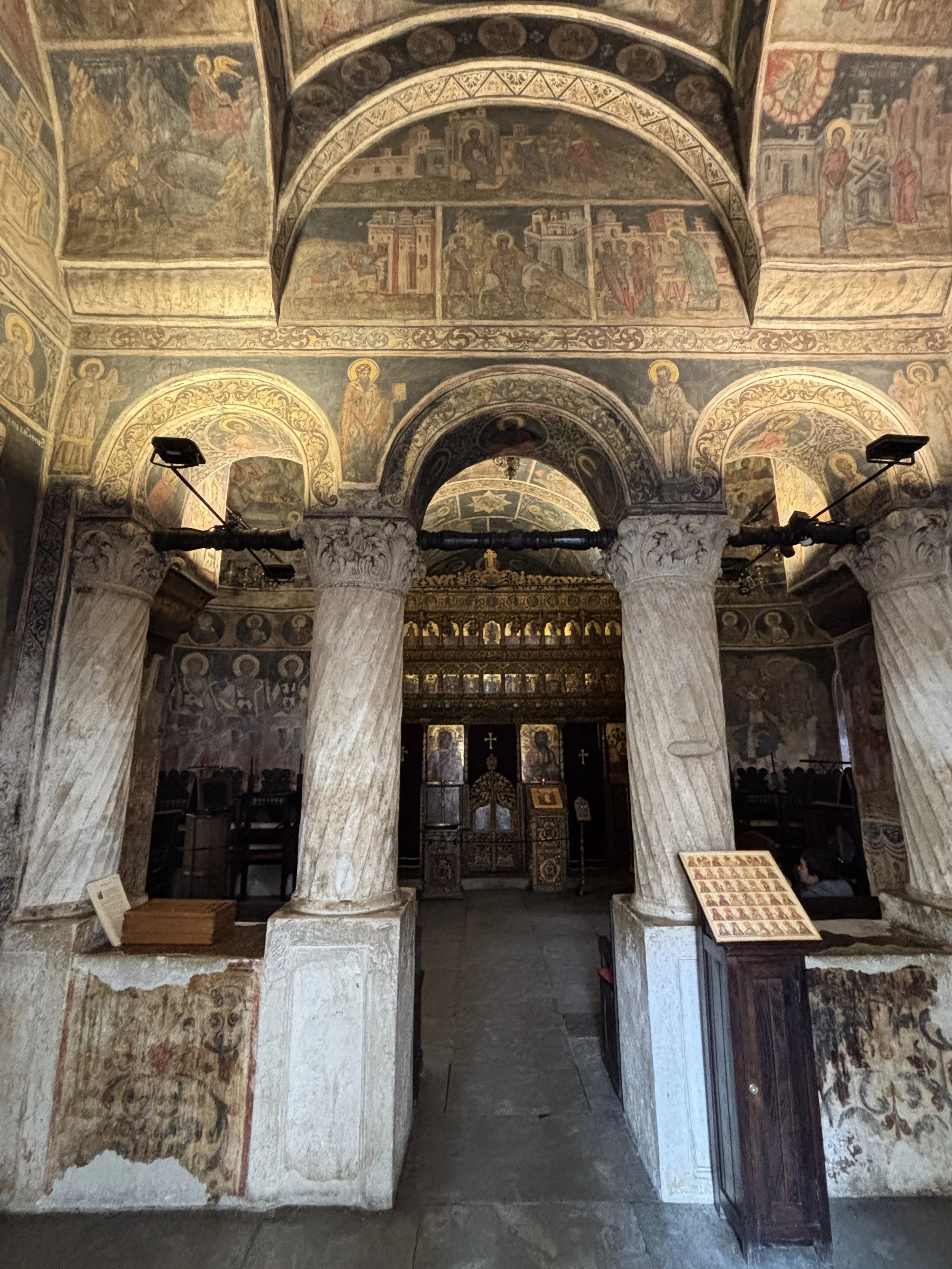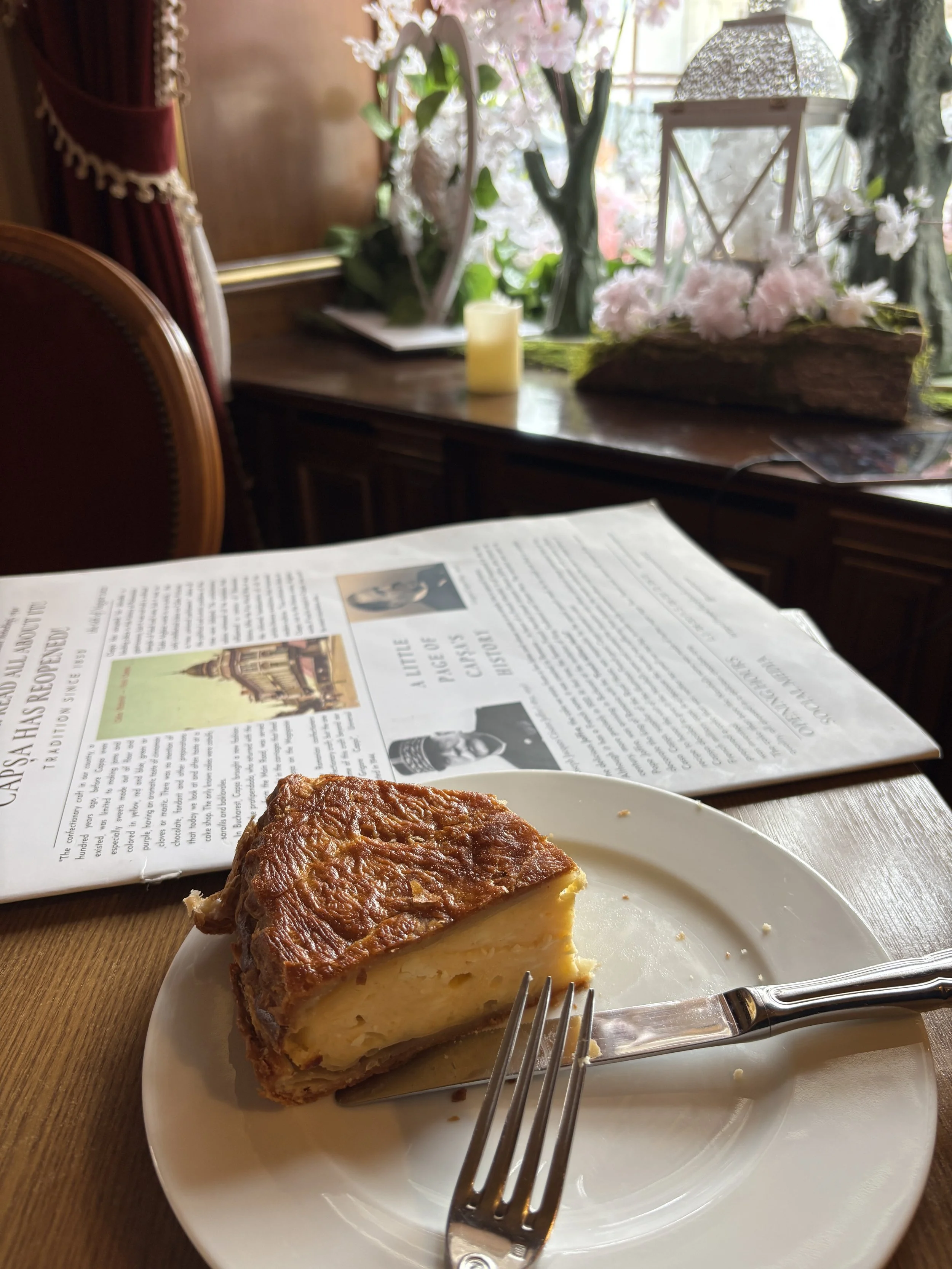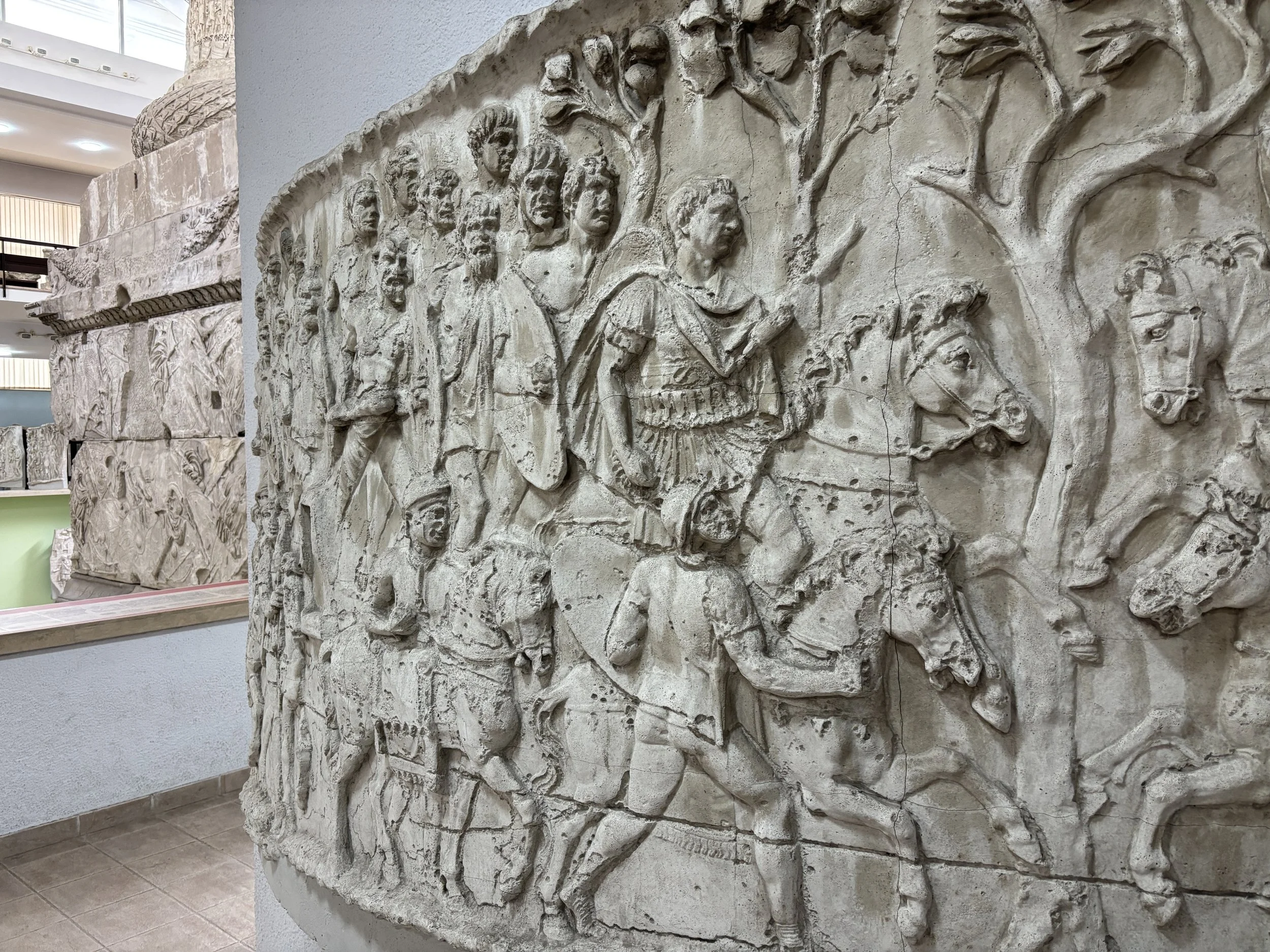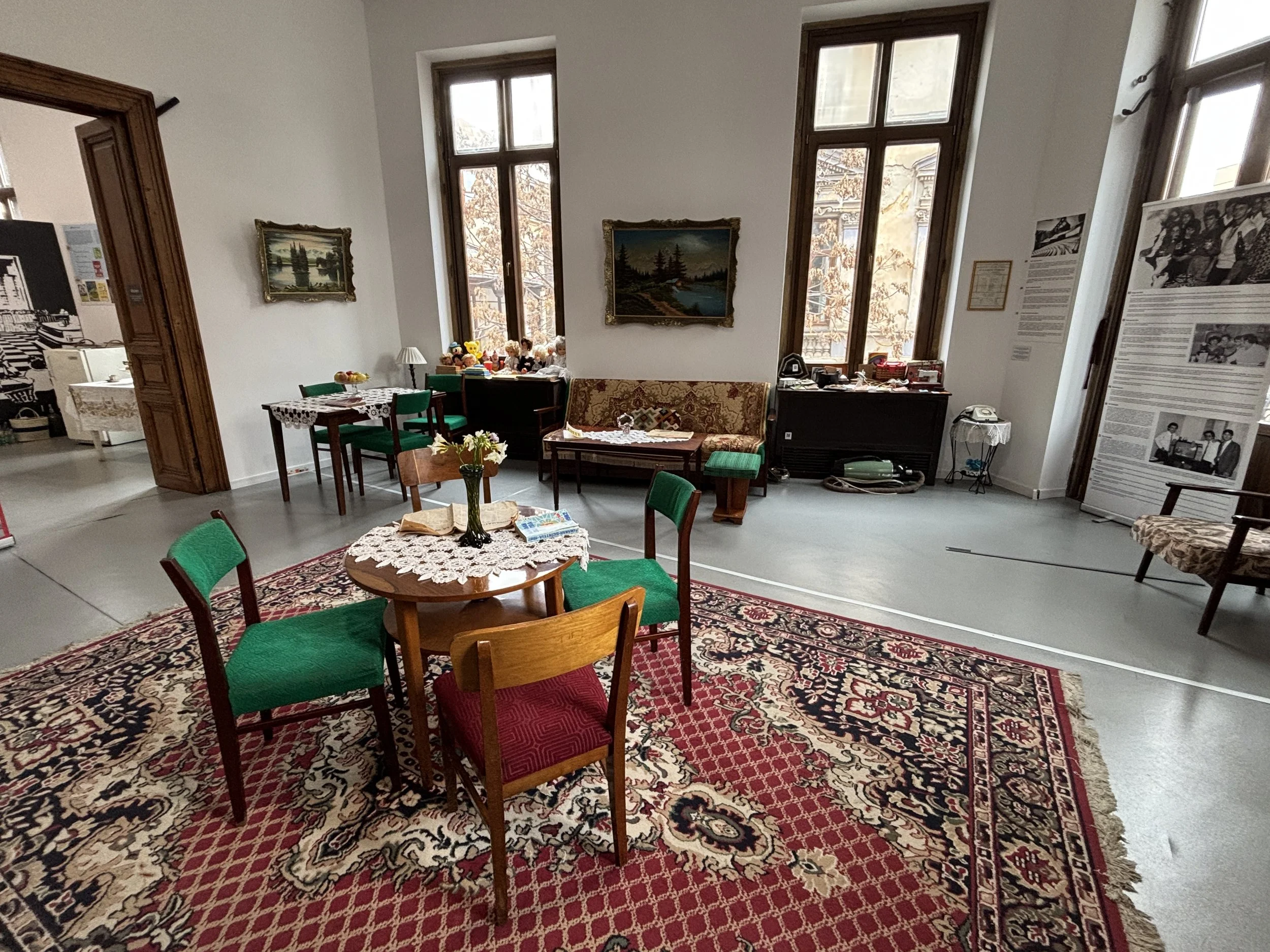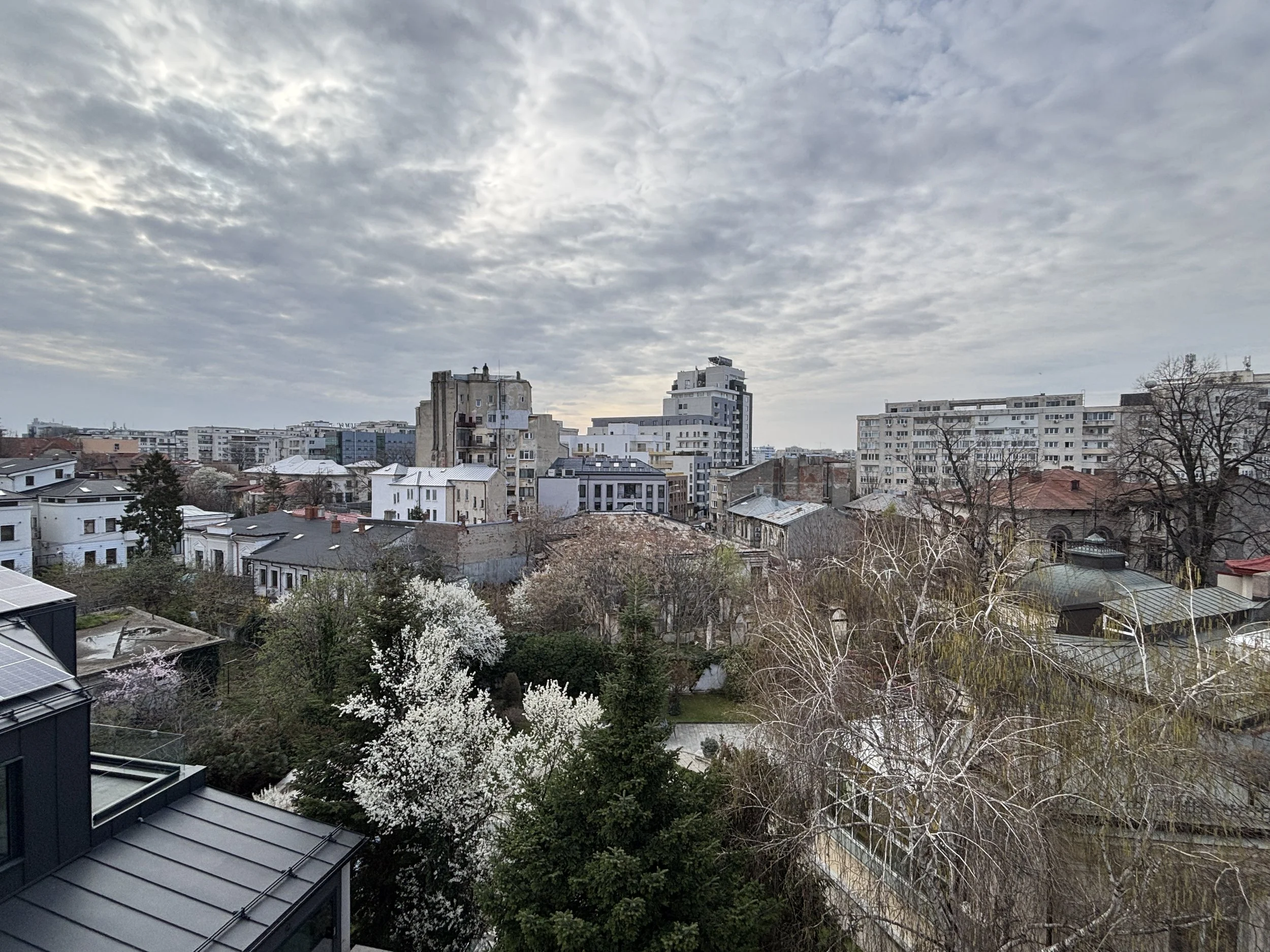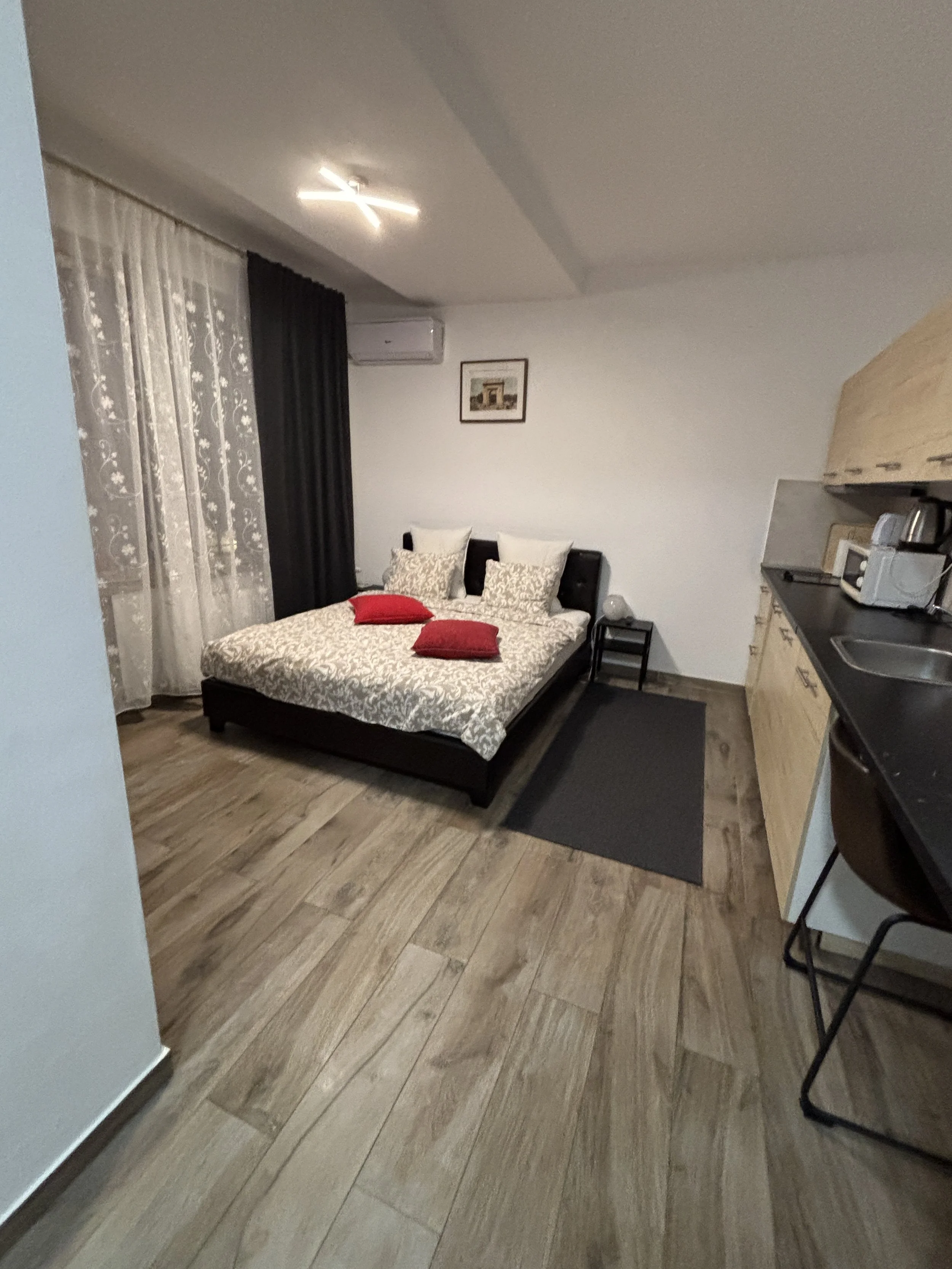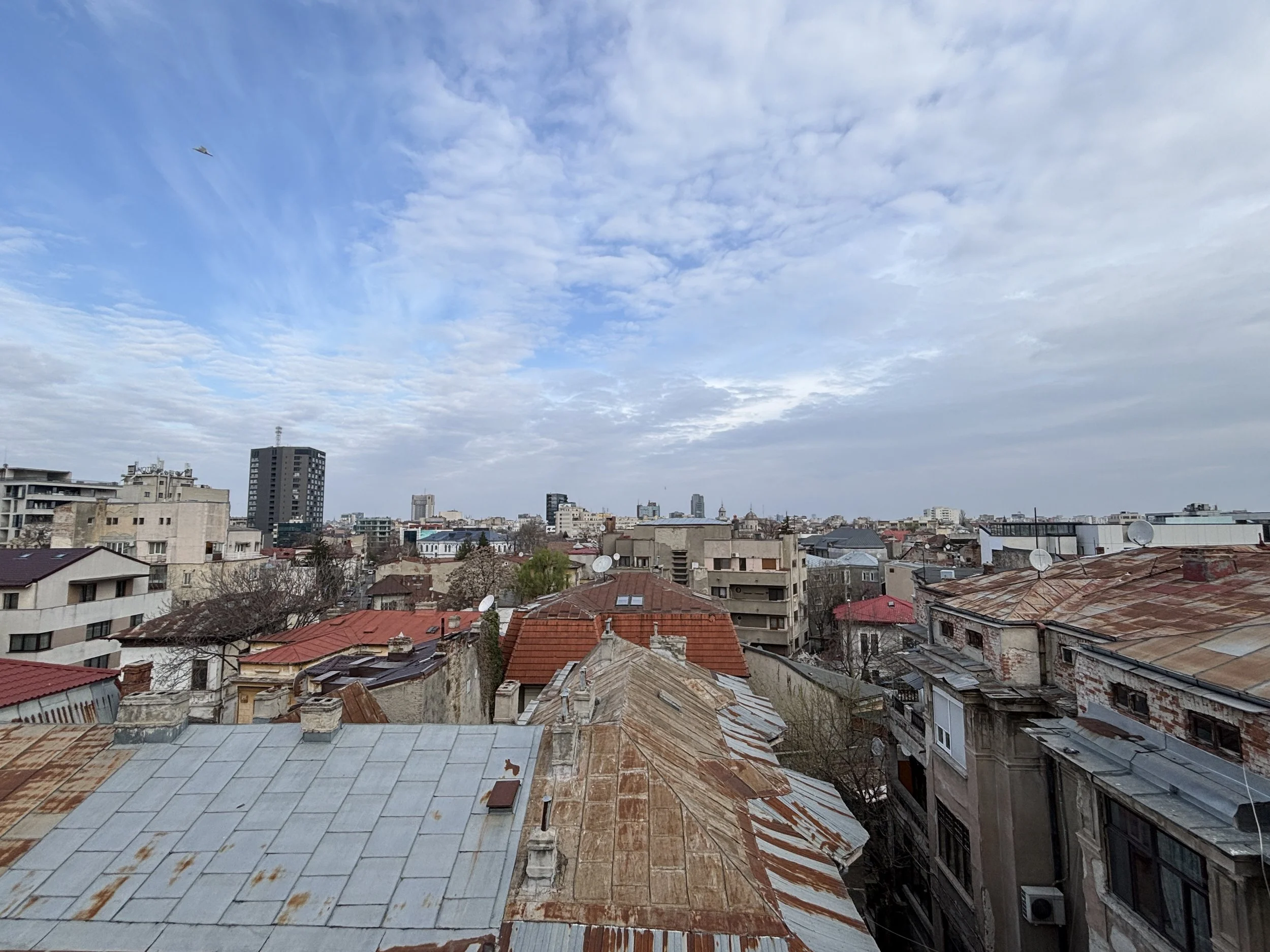Half a day in Bucharest: what to do and what to see
Romania is definitely in fashion and for all the good reasons. We are talking about one of the countries that has possibly changed the most since the drab times behind the Iron Curtain and the chaotic 90s that followed.
Discovering Cluj-Napoca, in Transylvania, was already a nice surprise. This time, it was the time to explore the country’s capital, Bucharest.
There was a catch, though, my overnight stopover only gave me roughly one morning and part of the early afternoon before having to head back to Otopeni airport to catch my next flight.
I am aware that such period of time doesn’t do justice to a city which was once known as “the Paris of the East”. This was, however, a challenge I was happy to take on, as visiting a city with a hard time constraint kind of helps you sharpen your sightseeing focus.
Bucharest city center is, in fact, quite compact, which means that if you don’t mind a bit of moderately-paced walking you can cover quite a few highlights even within this constrained timeframe. In this post I would suggest a few things you can do and a few interesting places you can visit if you ever find yourself in Bucharest and have a few hours to spare to do some sightseeing.
Getting from and to central Bucharest to Otopeni Airport
On my way into the city, since it was pretty late at night, I requested a Bolt ride, which cost me 67 Lei (some €13) to get to the cente, so pretty cheap for European standards.
There is an even cheaper way, though, particularly useful during the day and if you are near Piața Unirii, one of the city’s major transport hubs at the eastern edge of the historical center. Bus 100 runs every 20 minutes or so and takes around 40 minutes to get to the airport.
The ride costs 3 Lei (around €0.6) and it can be paid directly with your credit or debit card using the card reader inside the bus. It is a urban bus, so the comfort of the ride depends on how crowded it gets, but happy to report it went really well in my case (early afternoon on a Sunday).
Visiting the Romanian Parliament Building
The Romanian Parliament building is the one building that has got Bucharest in the World Record tables, since it was, at least for some time (not sure whether this is still true), the largest civilian building in the world (and I think second overall after the Pentagon).
This was actually one of the pet projects of the late Romanian dictator Ceaucescu and it somehow became a symbol of his megalomania. The 365,000 m2 (3,930,000 sq ft) building (by floor area) was started in the mid-1980s, when the regime was already in its twilight years and it wasn’t completed after more than a decade later, with Romania already a democracy.
So, once completed it has kept its function as the seat of the Romanian Parliament.
The Romanian Parliament building is open to visitors, BUT, only through tours which run on specific schedules. Sadly, I was not able to secure a spot, since it was already fully booked quite a few days before my visit. This was a bit of a disappointment, but nevertheless, and since it is within walking distance of old Bucharest, I went to see it from the outside.
In fact, this is not the only site linked to the history of Ceaucescu’s infamous regime that was also booked solid for the the whole day (and it was not even peak tourist season!), sign that there is quite a few people out there interested in the Cold War period!
So, even if you are unable to secure a spot on a tour, I would say, go see it and take some pics, since my guess is that the most impressive sights are possibly from outside anyway. You can check first the eastern facade, which opens onto a grand avenue (designed for military parades and the like) and then go check the main northern entrance, where this picture with the flag is (I actually went to the ticket counter to see whether there were any late minute openings, to no avail).
As we shall soon see in this post, there are other sites in town in which it is possible to explore the topic of Cold War Romania and which are easier to visit!
Bucharest Old Town
Despite its present-day modern appearance, Bucharest is quite an old city and it was already a vibrant trade center by the late Middle Ages. The center of the old town is just north of the Dambovita river.
I would say it is not huge in relation to the size of the overall city, although the area of sightseeing and commercial interest spreads also over the adjacent more modern districts. The core of the historical center is made of cobblestone streets and mostly pedestrianised.
Since I had limited time in town, I started early, walking from my hotel to the Parliament building all the way through the old town, and the place was empty at that time aside from a few church goers. In fact, it was a Sunday and the sound of bells and religious chants emanating from some of the churches added to the atmosphere. When I walked back a bit later in the morning, the place was quite more crowded with tourists.
Walking through the old town you can clearly see why Bucharest was called the “Paris of the East”. Besides the “soft”, cultural aspect of it (Romania’s traditional francophilia), there neoclassical architectural styles of this part of town would not be out of place in some part of the other Paris, the one in the West.
The one thing that got me a bit concerned, though, is that, just as it has happened in other European capitals, the area is totally full of rather banal bars, restaurants and souvenir shops, many of them with rather tacky signage and the like.
In this regard, another aspect of Bucharest that caught my eye is that the city, outside of a handful of streets at the very core of the old town, is a bit of a hotchpotch of different styles, most of them post-war and not particularly well matched. In this regard, it reminded me a bit of Madrid, another undeniably buzzing city, that nevertheless grew fast and in a not particularly orderly way in the post-war period.
So, in short, if want to see the best of Bucharest old town, I’d say just wander a bit around Lipiscani Street, check the National Bank of Romania, possibly the grandest building of all in this area, don’t forget to check the Stavropoleos Monastery (detailed next in this post) and venture a bit further north, to University Square and beyond if you have time.
I went as far as the building of the Ministry of the Interior because this is another place of historical significance as we shall soon see…
The Stavropoleos Monastery
This is a historical and architectural gem in the middle of old Bucharest. It is small in size, but rich in content (with some amazing paintings inside).
Bucharest’s Stavropoleos Monastery is also one best exponents of the so-called Brâncovenesc style, which developed in Romania in the 17-18th Centuries, combining stylistic elements from the Eastern Roman and Ottoman cultures as well as from Renaissance and Barroque architecture.
What’s also quite amazing is that this monastery, which was built in 1724, has survived pretty much intact in the middle of Bucharest. Today is surrounded by much larger buildings on all sides.
You can come in at any time during the day (except during services, unless you are taking part in them) and it is free to visit.
Where to eat in Bucharest: Casa Capșa
Ok, this review refers to Casa Capșa more of a place for a short rest and a coffee than to have a proper meal, but remember that, on this tour we have a hard time constraint, so, on this occasion, sitting down for a proper meal was out of the question!
I still wanted to taste something original, so I headed for a pit stop at Casa Capșa, one of Bucharests historical restaurants, which is also the place where the Joffre cake was invented.
The Joffre cake takes its name from the Catalan-French hero of the First World War, who visited Bucharest in 1920. The cake’s cylindrically-shaped chocolate cake is a reference to the French “képi”, the iconic military hat, while its size appears to have been devised to remain within the bounds of what was tolerable to Joffre’s health at the time.
But even if you are not into chocolate and sweets (depicted in the photo is NOT a Joffre cake, but a sort of cheese cake which was actually very tasty!), you can enjoy a whole range of other delicacies at Casa Capșa, all served in a very classical setting!
National History Museum of Romania
Also located in the old town, and in a rather grand building, is the National History Museum of Romania, which I would also recommend.
There is quite a lot of interest in this museum, even if the collections, both temporary and permanent, are organized in a way that is a bit difficult to understand, with Ancient Rome and the Dacians in the room next to the WW2 air campaign against the Ploiesti oil basin.
I guess part of this is due to the need to fit such a broad range of topics in a sort of “old-school” building.
When you come in (the ticket is something like the equivalent of a couple of euros), you may come across some temporary exhibits. When I visited there was some exhibition about children’s toys throughout the 20th Century, but this may change.
The collections that I found of most interest were about Romania in the Second World War, which is actually a theater of the war that is often forgotten by the mainstream accounts of the conflict. As someone interested in the minutiae of WW2, I greatly enjoyed the exhibition about the air campaigns the allies conducted against the Romanian oil industry, the main source of oil for the Axis throughout most of the war.
The exhibits are rather modernly arranged, with explanations in English and a huge amount of detail down to pretty much every individual raid.
But perhaps the most visually interesting part of the museum is that dedicated to Romania in ancient times.
Romanians take their Roman roots very, very seriously, as exemplified, to start with, by the name of the country, although they also take pride in their Dacian (pre-Roman) past.
At the museum there is a replica of the Trajan Column (the original is, of course, in Rome), which depicts in all details the campaigns that Emperor Trajan conducted in what is now Romania to bring it under the fold of the Roman Empire in the 2nd C. AD. While you may be able to see the original in the Italian capital, here you can see it from up close and understand what is being told in each of its sections.
There are also several rooms displaying rather spectacular historical artifacts, including jewellery and other items archaeologists have found in the territory of what is now Romania, from the Ancient pre-Roman civilizations all the way to the Middle Ages and the period of Ottoman domination and the Romanian monarchy in the first half of the 20th C.
Cold War Tourism in Bucharest
Museum of Communism
This is a small, but very interesting museum in the very center of Bucharest (from the set up I think it is some sort of private initiative) which explains how life was like in Romania under Communism and the dramatic events that led to the regime’s downfall and the execution of dictator Ceaucescu and his wife in December 1989.
There are quite a few of these museums throughout Eastern Europe, but, of course, each of them has a bit of a local flavour.
Romania was under a Communist dictatorship for a bit over 40 years, until the regime collapsed in 1989. During this period of time, the country remained one of Europe’s poorest and only recently has started to leave this legacy behind.
The museum takes just one floor of a building, so you can see it relatively quickly. Staff were very friendly, welcomed me and offered to provide any additional explanations I may need during the visit (perhaps it helped there were not many people around at the time of my visit).
Each of the rooms (it is really like a large flat) explains a particular topic, such as the repression of dissent by the Securitate, the regime’s ubiquitous and feared secret police or the efforts of the Romanian regime to turn Romania into a major industrial country at all costs.
An interesting fact is that, unlike in other parts of the Eastern Bloc, living standards got actually worse in Romania in the 1980s compared to the preceding decades. This was in great part because of Ceaucescu’s own autharchic policies, which made it a bit of an odd character within the Warsaw Pact during his last years in power.
The museum has several rooms depicting how the typical Romanian family lived and it has plenty of items relating to everyday life during this historical period
Bucharest’s Revolution Square: the site of Ceaucescu’s last speech
One of my childhood memories is watching the Romanian revolution of 1989 being televised pretty much live. This is perhaps the reason during this trip I prioritised the sites that are connected to those events. I already mentioned my semi-frustrated attempt to get on a tour of the Romanian Parliament building. Unfortunately, Ceaucescu’s villa, another tourist hotspot in Bucharest, was also fully booked.
There is, however, a site of major significance that it is perfectly possible to visit at any time: the square in front of the Ministry of the Interior building where Ceaucescu delivered his last speech before realizing he was losing control of the country.
In case you had not seen it, here is footage of those events:
That building is still today the Ministry of the Interior of Romania, the square in front of it has now several memorial elements that remember what happened on that fateful day in which Ceaucescu had to leave from the roof on a helicopter.
I was surprised to find out the balcony is actually quite small and low-lying, and that it was also enclosed in a short of open courtyard. The TV images give an impression of a much larger setting, but I guess part of the job of the regime’s TV producers was to make it look that way.
Revolution Square, as it is called nowadays, has several monumental elements remembering those events
There are several commemorative elements on Bucharest’s Revolution Square:
The most prominent of which is the Memorial of Rebirth, an obelisk-like monument crowned by a round metal structure. Inaugurated in 2005, it remembers the dozens of people that died to bring democracy to Romania during the Revolution of 1989.
Where to stay in Bucharest
AT Central Apartments
strada Anton Pann 19A
030795 Bucharest
These serviced apartments are located within walking distance of the old town in a rather quiet side street. One of the low-rises that dot this part of town has been totally renovated inside.
The room was rather modern and spacious and fitted with a small kitchen.
The only if is that thee bed linen was not of the best quality and this detracts a bit from the experience since it gives it a bit of cheap feel which is not in line with the rest of the facilities.
The building is fully automated and you are given an access code before your arrival. There is also a small common kitchen area at the top floor where it is possible to get some coffee and tea (included in your fee), as well as a storage area where you can lock your luggage (you can request for your access code to be extended to pick it up after check out from the room).
But the best of all, in my opinion is the rooftop terrace, where you can have your coffee with views of the city.
Overall, pretty good value for money!
By the way, if you travel to Romania, chances are you will fly either the national flag carrier TAROM or low-cost airline Wizz Air. So, I encourage you to check the flight reviews on our sister website Allplane:


